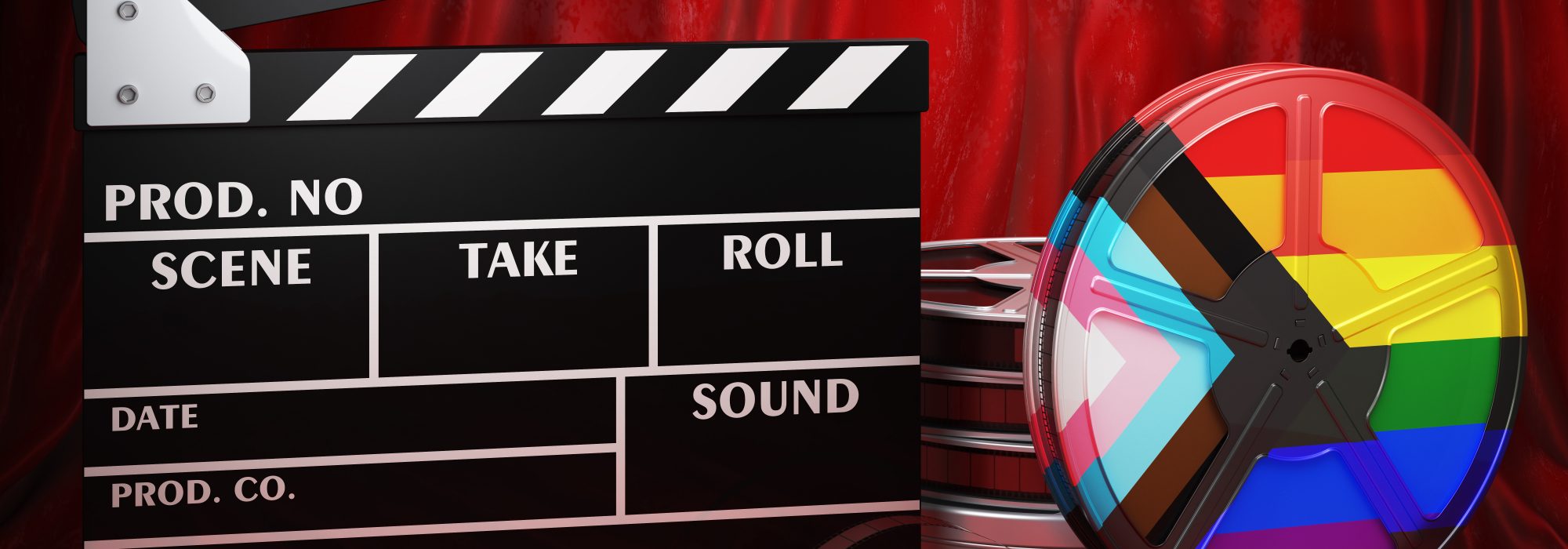Major studios exclude trans characters but increase screen time for others.
In recent years, Hollywood has made some very public attempts to address diversity, equity, and inclusion within the industry. And at every turn, those in power have taken several opportunities to pat themselves on the back for doing so – before actually achieving any sort of measurable change. For proof, look to the most recent installment of the Emmys. Before the ceremony, the big headline was the record number of diverse nominees[1]. People of color and LGBTQ+ performers were well-represented. But once the awards were handed out, every single acting honor went to White actors[2].
It has become increasingly difficult to show enthusiasm for historically diverse crops of nominees when this is the outcome. Hollywood execs and voting bodies think inviting non-White talent to the party means the job is done. But there’s still a grave need for accountability, and that’s exactly what GLAAD’s Annual Studio Responsibility Index strives for.
The ninth edition, which was released July 15, 2021 and focuses exclusively on major studio films, offered a mixed bag of results[3].
LGBTQ+ representation in major studio films increased 4.1% in 2020, with 10 of the year’s 44 releases featuring LGBTQ+ characters. The number of films was significantly less than 2019’s output – 22 of 118 films featured queer characters that year – but the drop was directly caused by the pandemic’s impact on theaters. The pandemic is also largely responsible for the drop in the total number of LGBTQ+ characters. In 2019, there were 50 in the year’s major films but just 20 in 2020. On a positive note, it was the first year in the report’s history that queer women characters outnumbered men.
Racial diversity improved some as well. 40% of LGBTQ+ characters were people of color. Lesbian representation was also better (though bisexual representation dropped). And screen time shot up, too, with half of LGBTQ+ characters logging ten minutes or more onscreen.
Admittedly, there were some strides, and that’s something to celebrate in a year as unusual as 2020. (GLAAD typically assigns each studio a grade but opted out of doing so because of the pandemic-ravaged release schedule.) Still, some troubling trends continued. There were zero transgender or nonbinary characters and zero LGBTQ+ characters living with a disability or HIV in major studio films. Had 2020 been a “normal” year with a full slate of theatrical releases, these stories probably still would’ve been omitted.
Television seems to be far more capable of making space for diverse creators, but major studios are still struggling to offer a wider range of perspectives. Regardless of the full spectrum of storytelling happening on streaming platforms, the silver screen continues to be an elite space where heterosexual, cisgender White characters are prioritized over all others.
Some might see this as nitpicking. What the LGBTQ+ community lacks in film it can find in TV. But it’s not about being handed consolation prizes. Film remains one of the boldest and most impactful ways to tell stories, and if everyone can’t have access, or only certain stories are developed, then Hollywood can’t honestly say it’s working toward a more diverse industry.
A more diverse industry looks like positive increases in representation in every category, every year. It looks like a major studio film headlined by an all-LGBTQ+ cast. It looks like Oscar contenders that are primarily queer stories.
In Hollywood, there’s still a reluctance to cede space and power to those who’ve historically been denied both. And until that reluctance dissipates, we have to continue to hold studios accountable via reports like the Studio Responsibility Index. With releases returning to their normal cadence and more films making their way to theaters, next year’s results will tell us if 2020 was the ultimate blip or a true step in the right direction.
[1] D’Alessandro, Anthony and Cordero, Rosy. (July 13, 2021). Emmy Nominations Set Records For Diversity In Combined Acting & Reality Hosting Categories. Retrieved from: https://deadline.com/2021/07/emmy-nominations-2021-diversity-scorecard-1234791862/
[2] Ali, Lorraine. (September 19, 2021). The Emmys tried to look diverse. But the show gave us predictable white winners. Retrieved from: https://www.latimes.com/entertainment-arts/tv/story/2021-09-19/emmys-2021-ted-lasso-the-crown-queens-gambit-diversity-fail
[3] Deerwater, Raina. (July 15, 2021). GLAAD’s Ninth Annual Studio Responsibility Index finds a growth in racial diversity and screen time for LGBTQ characters, but zero transgender characters in 202 0wide release films. Retrieved from: https://www.glaad.org/blog/glaads-ninth-annual-studio-responsibility-index-finds-growth-racial-diversity-and-screen-time





